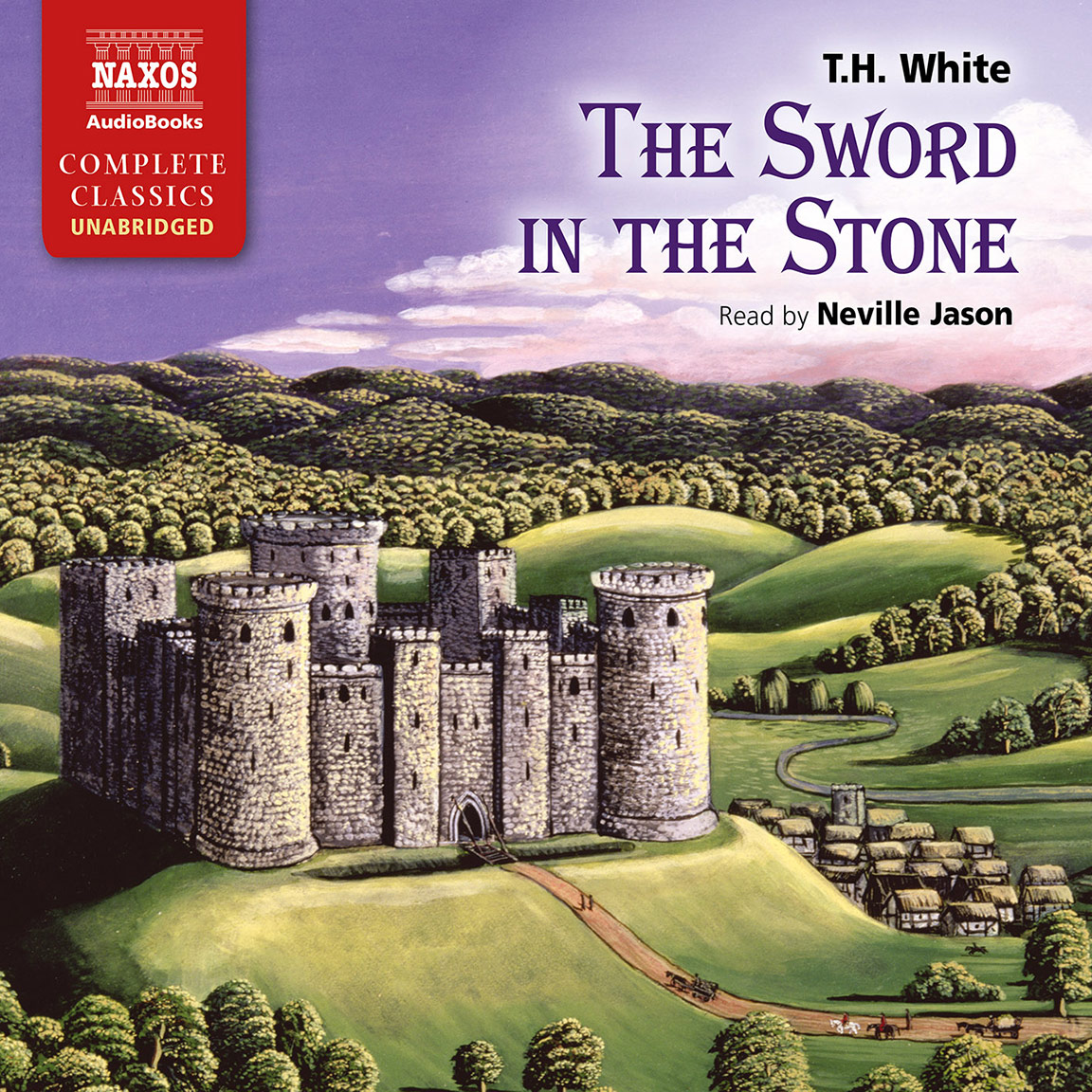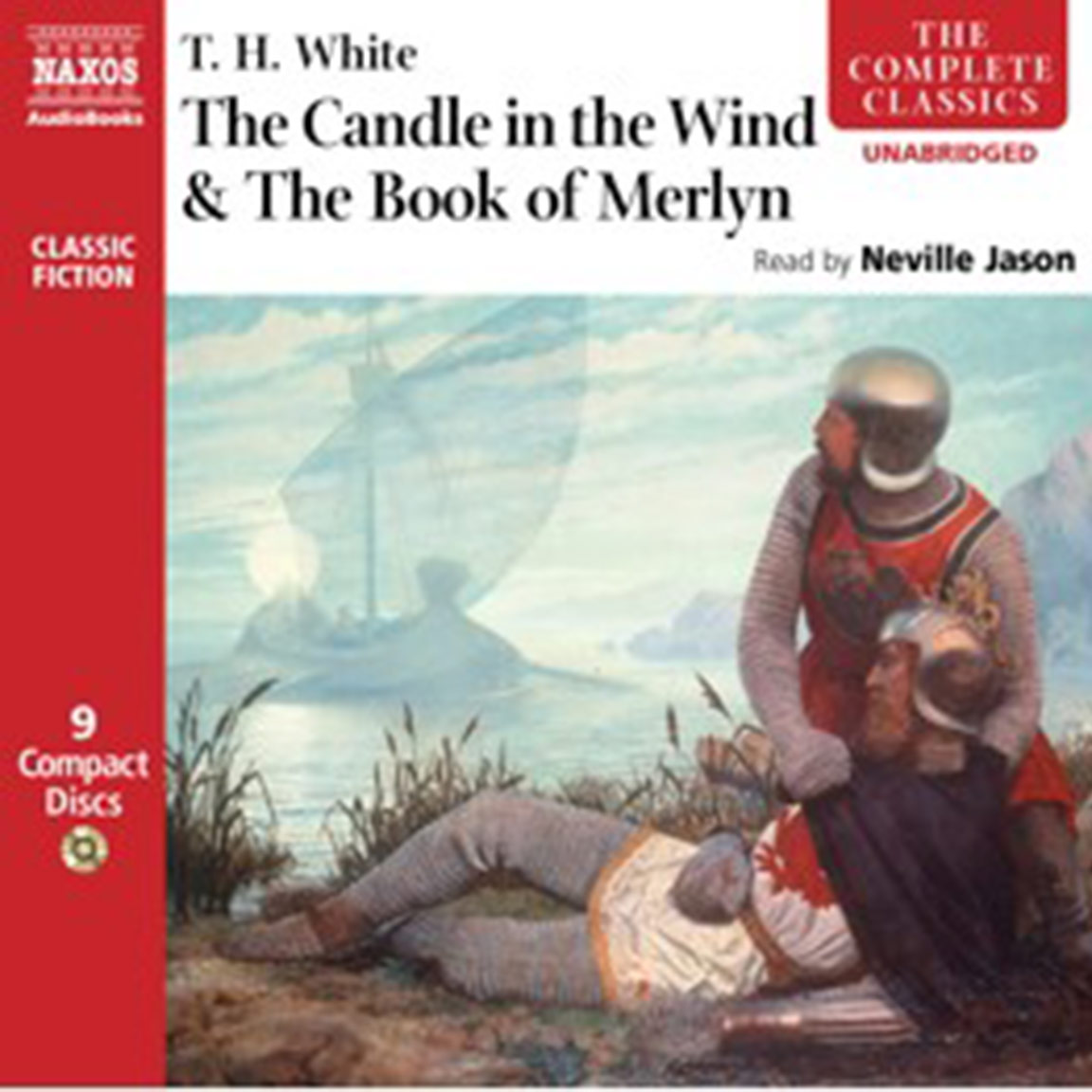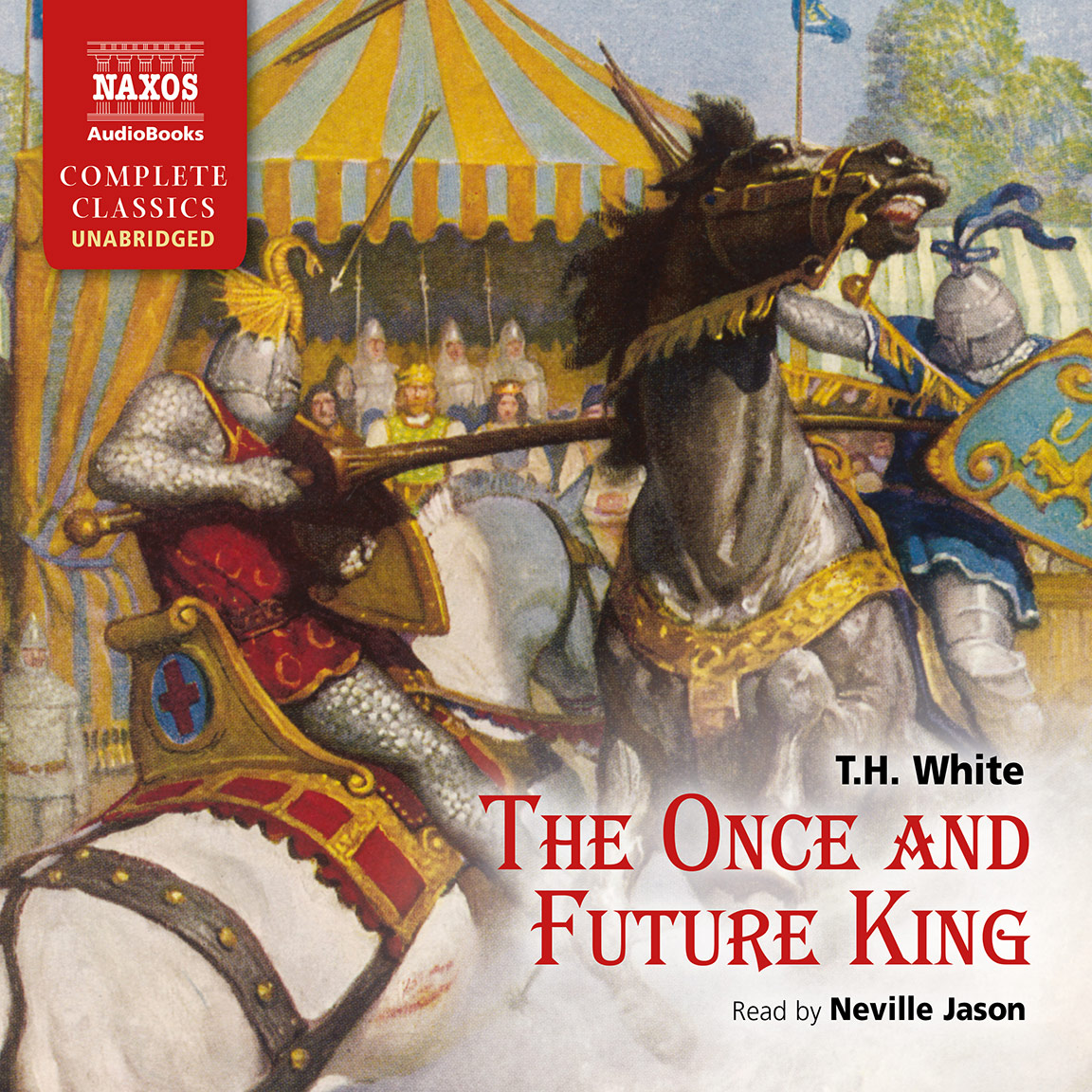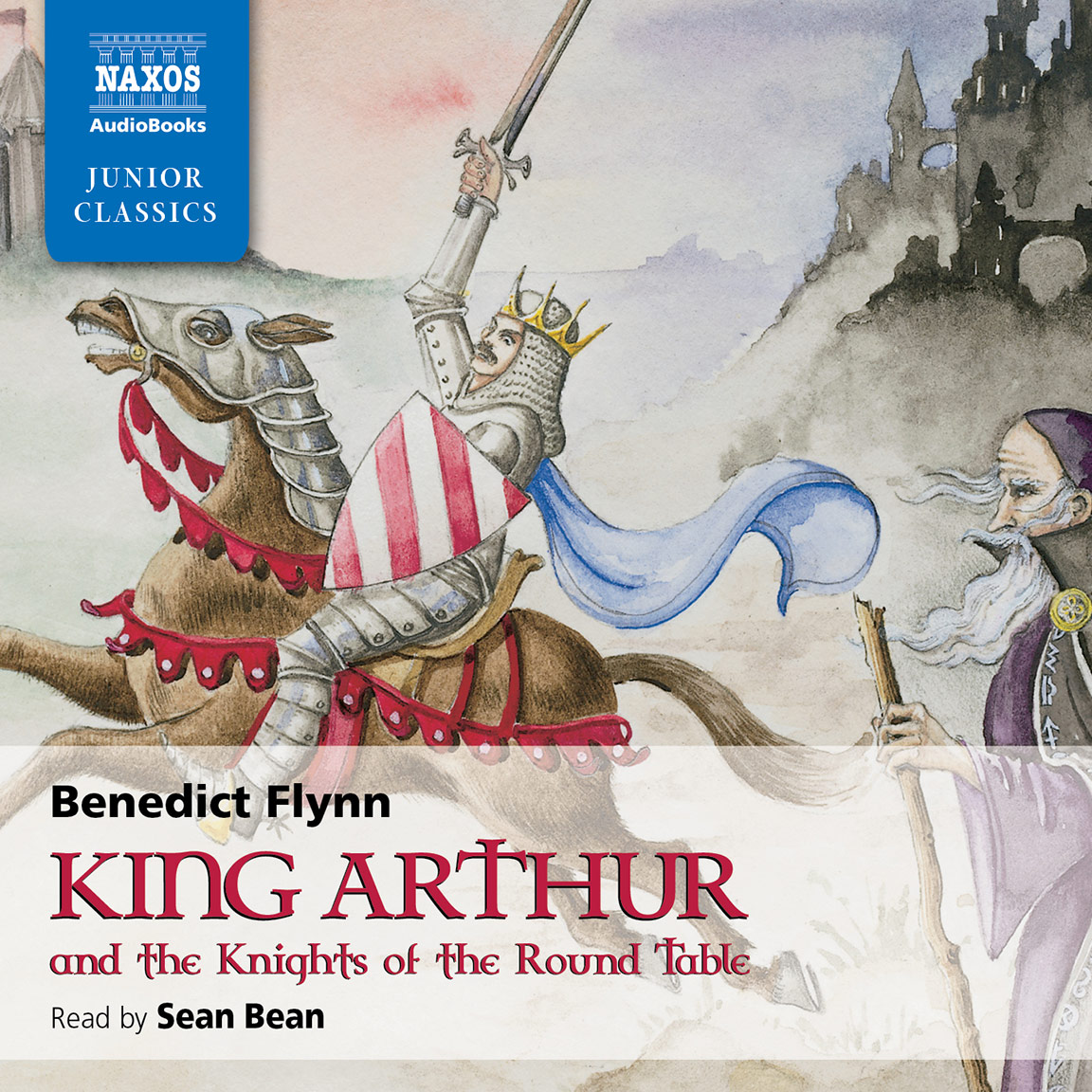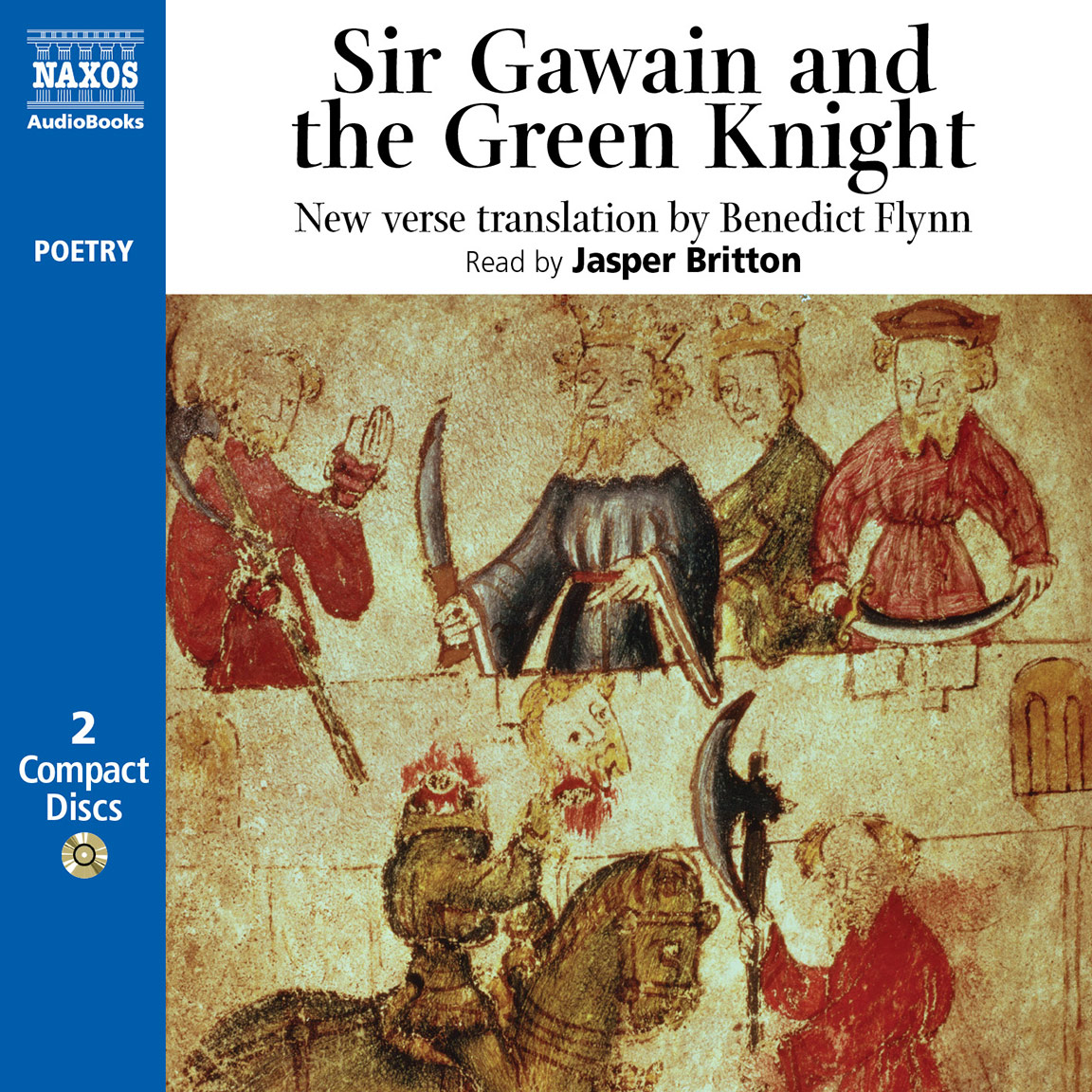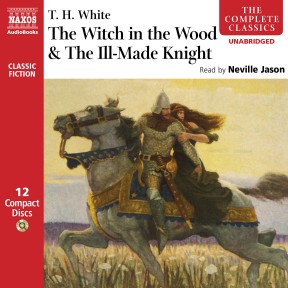
Audio Sample
T.H. White
The Witch in the Wood & The Ill-Made Knight
Read by Neville Jason
unabridged
King Arthur is on the throne, and trying to establish the rules of chivalry and noble questing that will come to mark his reign. Meanwhile, in one of the great love stories in English, Lancelot and Guinevere fall for each other at the glorious court of Camelot. But in the north, a family that has been wronged are vowing revenge. And the king is closer to them than he knows. With humour, compassion and vivid description, T. H. White continues his retelling of the Arthurian legend in this second part of The Once and Future King.
-
Running Time: 13 h 06 m
More product details
Digital ISBN: 978-962-954-615-1 Cat. no.: NAX86912 Download size: 191 MB Produced by: Roy McMillan Edited by: JD Evans BISAC: FIC004000 Released: April 2008 -
Listen to this title at Audible.com↗Buy on CD at Downpour.com↗Listen to this title at the Naxos Spoken Word Library↗
Due to copyright, this title is not currently available in your region.
You May Also Enjoy
Booklet Notes
The Arthurian Legends are England’s great epic, as full and embedded a part of the cultural heritage as the Greek myths, with the same imaginative hold as Biblical tales or Shakespeare’s plays. The stories were originally collected and written by Sir Thomas Malory, and published in twenty-one books in 1485. These tales of chivalrous knights undertaking brave challenges, of a noble king bringing egalitarianism, honour and decency to a land governed by brutishness and violence, have served as political and personal metaphors ever since. They have inspired poets, playwrights, filmmakers, composers, artists, social commentators, mystics and New Agers of every hue. The search for Arthur’s final resting place, the possibility of his reappearance and his historical authenticity are argued with exactly the same passionate dedication by his followers as those of other faiths. Thomas Hanbury White (1906-1964) was by no means the first person to take the tales and turn them into something else; but few have had such a broad and thriving appeal. The Sword in the Stone in particular became template for a new telling of the iconic tale of the young Arthur finding himself king by innocently pulling Excalibur from its lodging, with Disney turning it into a hugely successful animated film in 1963.
But as with all retellings, White’s books are as much about the author and his times as they are about their sources. He was born in India to mismatched parents, whose various personal traits combined to create a troubled son – his father was an alcoholic, and his mother seems to have imposed such affectionate strictures on him that he was unable to be comfortable with women thereafter. He was a profound naturalist, deeply involved with observing nature, as well as hunting, shooting and fishing it, who served as a teacher after completing his own education at Queen’s College, Cambridge. He had already started writing while a student, and continued as a teacher, eventually dedicating himself to it and naturalism from 1936. Often reclusive, he spent the Second World War in Ireland as a conscientious objector. He was also a medievalist, and this mixture of personal insecurity, love of nature, angry concern as war loomed over Europe and his feeling for the past were all brought together in The Once and Future King.
Talking animals, endearing magicians, terrifying witches, broad slapstick, jousts, feasts and splendour are all certainly in place; but these works are by no means fantastical children’s fiction. White was exorcising (perhaps just exercising) some of his personal demons – there is, for example, a deal of cruelty in the books; he was using a kind of reverse anthropomorphism to indicate how man should be more like the animal kingdom – or at least should look to it for examples; and he was giving the old stories a dark and pertinent edge as a global war approached and dictatorship threatens the world. As the story progresses, it moves from being a panegyric over the lost innocence and knowledge of an earlier age, to a reworking of Greek tragedy, and finally to a polemic against man’s short-sighted belligerence and doomed political systems.
The first book is ostensibly about how Arthur became King, but most of it sees him being brought up in a rural world that owes much to White’s notions of an ideal childhood. Here, the young Arthur learns the ways of animals and the ways of nature; how to be honest and brave; and he gets the opportunity to talk to animals as one of them, thanks to the interventions of his tutor, the magician Merlyn. The second develops Merlyn’s teachings on the issue of Might vs. Right, and sees the invention of the Round Table; but also introduces the theme of the sins of the fathers being visited on their sons. Arthur’s birth was the result of vicious and tragic circumstances, and he himself has unwittingly committed incest. The third book is about Lancelot and Guenever – their love for each other despite Lancelot’s unattractiveness, Lancelot’s attempts to prove himself in the quest for the Holy Grail, and the earliest warnings of the destruction of what Arthur has created. The fourth sees the climax of these various plot-lines, as Arthur’s incestuous sin comes to haunt him and his court, and in the process threatens not just the end of his reign, but also the essence of what he and his knights had been striving for – a peaceful nation where justice was valued above force, where the spirit was fed as well as the body, and where Man recognised his place in the natural world, and treated it accordingly. The fifth book is a kind of anti-war dream sequence (though Merlyn would dispute that) in which Arthur is harangued by his old tutor about the gross failings of humanity, and given a chance to examine different political systems in the thin disguise of observing ants and geese.
White was not just offering a reworking of the Arthurian legend. He clearly had his own deeply personal, as well as broadly social and political, issues to place in the context of a lost world of grace and humanity. What gives these books such depth, however, is not just the plot or the underlying implications of the storylines (strong as they all are); nor is it their place in epic, fantasy or Arthurian legend. It is partly the characters – honest, steadfast Arthur; passionate, self-hating Lancelot; cold, driven Mordred; the outstanding Merlyn, absent-minded, humane and fallible, but always invaluably putting things into perspective. It is partly of course the imaginative strength of the author, bringing such worlds as medieval tournaments, ants’ nests, court life, boar hunts or battlefields alive with vivid detail. It is partly, too, the unashamed brio with which White describes the food of the time, or the intimate features of feathers of a particular bird, or the slightest aspect of hunting, heraldry or armour; or his unapologetic use of terms that were obscure when he wrote them, and have all but disappeared now. White was not condescending to a childish audience, but taking every reader with him into Arthur’s more-than-mythical kingdom to see what it stood for, how it failed and what we can still learn from it.
The Witch in the Wood (also published as The Queen of Air and Darkness) is a significant shift in terms of tone away from the first book of the series. It begins by introducing the Orkney faction, as dysfunctional a family as you could imagine, who have deep personal reasons for hating Arthur. The Orkneys are not just enemies; they are Arthur’s half-family, the ones on whom Arthur’s father performed his own evil, and who are looking for revenge. White paints them as men destroyed by a mother (Morgause) who was at times too loving, at times completely inattentive, and suggests that much of the emotional immaturity (and bloody viciousness) of her sons is the result of this maternal over-influence.
Meanwhile, Arthur is trying to establish himself as a rightful king against the powerful barons, and also trying to establish something much more lastingly important – the Round Table. For him (thanks to Merlyn’s continued education) the idea that force should be the determining factor in ruling his kingdom is out-dated, wrong, perverse. So he seeks to create a new world, where the fighting is done by those who are best at it for the best reasons. It is the beginning of the idea of chivalry, of justice, of respect for all life.
To offset these rather serious themes, White has Sir Grummore, King Pellinore and Sir Palomides continuing their endless comic hunting of the Questing Beast. Pellinore falls in love with a woman who – rather to everyone’s surprise – reciprocates; and they are to become extremely happy parents.
But when Arthur meets Morgause, ignorant that she is his half-sister, he is seduced and makes her pregnant with the child Mordred; who will eventually be the downfall of Arthur and all he stands for.
The Ill-Made Knight is Lancelot’s name for himself. Convinced he is ugly, he dedicates himself to becoming the greatest knight in the world; but his achievements are all but destroyed by his overwhelming love for Guinevere, one that struggles with his love for Arthur, for whom he had felt a powerful affection from his early youth, and his love for God. The focus of the story moves to Camelot, Arthur’s court, with its knights and jousts and tournaments; and with his continuing search to find the right way to rule. The quest for the Holy Grail is an attempt to bring a spiritual aspect to the court that had until then found its success only through war and bloodshed. And throughout is the unspoken threat of what Arthur’s adulterous (and incestuous) sin will bring to the court he has worked so hard to create.
Roy McMillan
